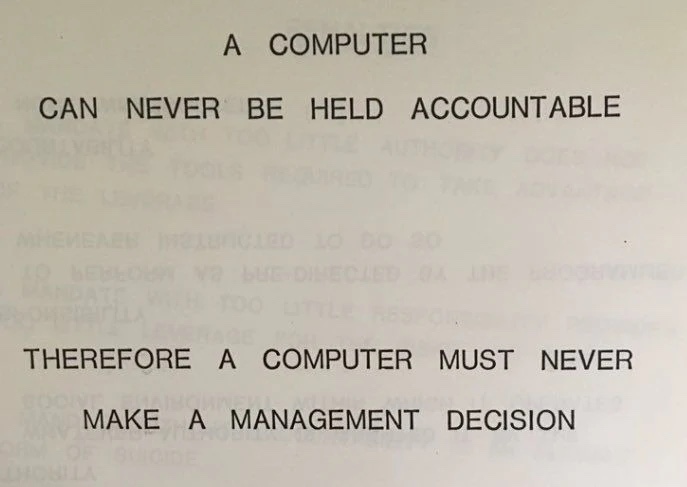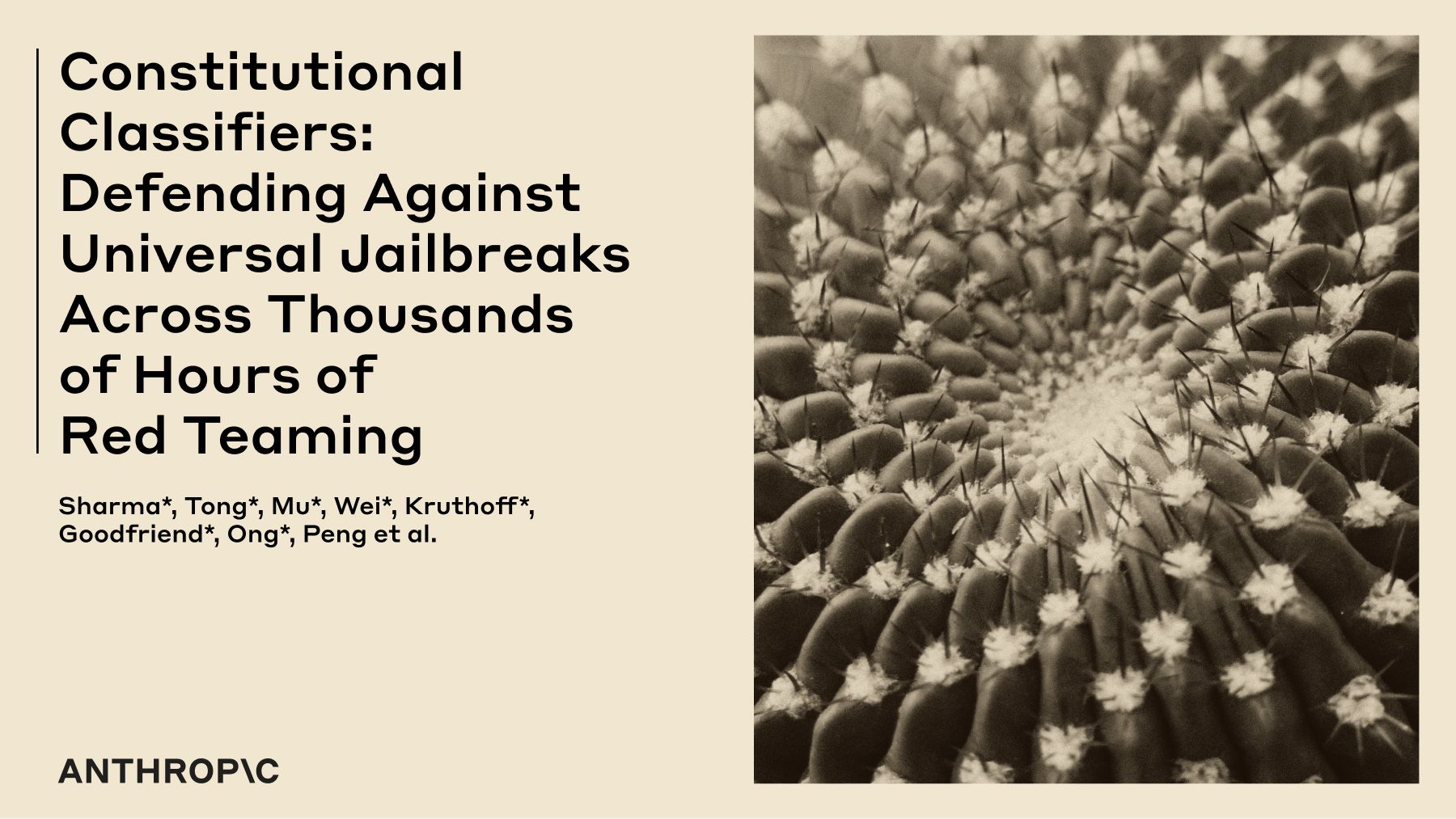The Alchemy of Efficient LLM Training: Beyond Compute Limits
This article delves into the efficient training of large language models (LLMs) at massive scale. The author argues that even with tens of thousands of accelerators, relatively simple principles can significantly improve model performance. Topics covered include model performance assessment, choosing parallelism schemes at different scales, estimating the cost and time of training large Transformer models, and designing algorithms that leverage specific hardware advantages. Through in-depth explanations of TPU and GPU architectures, and a detailed analysis of the Transformer architecture, readers will gain a better understanding of scaling bottlenecks and design more efficient models and algorithms.








:quality(75)/https%3A%2F%2Fassets.lareviewofbooks.org%2Fuploads%2Flifecycle-softwareobjects-web__85640.jpg)







